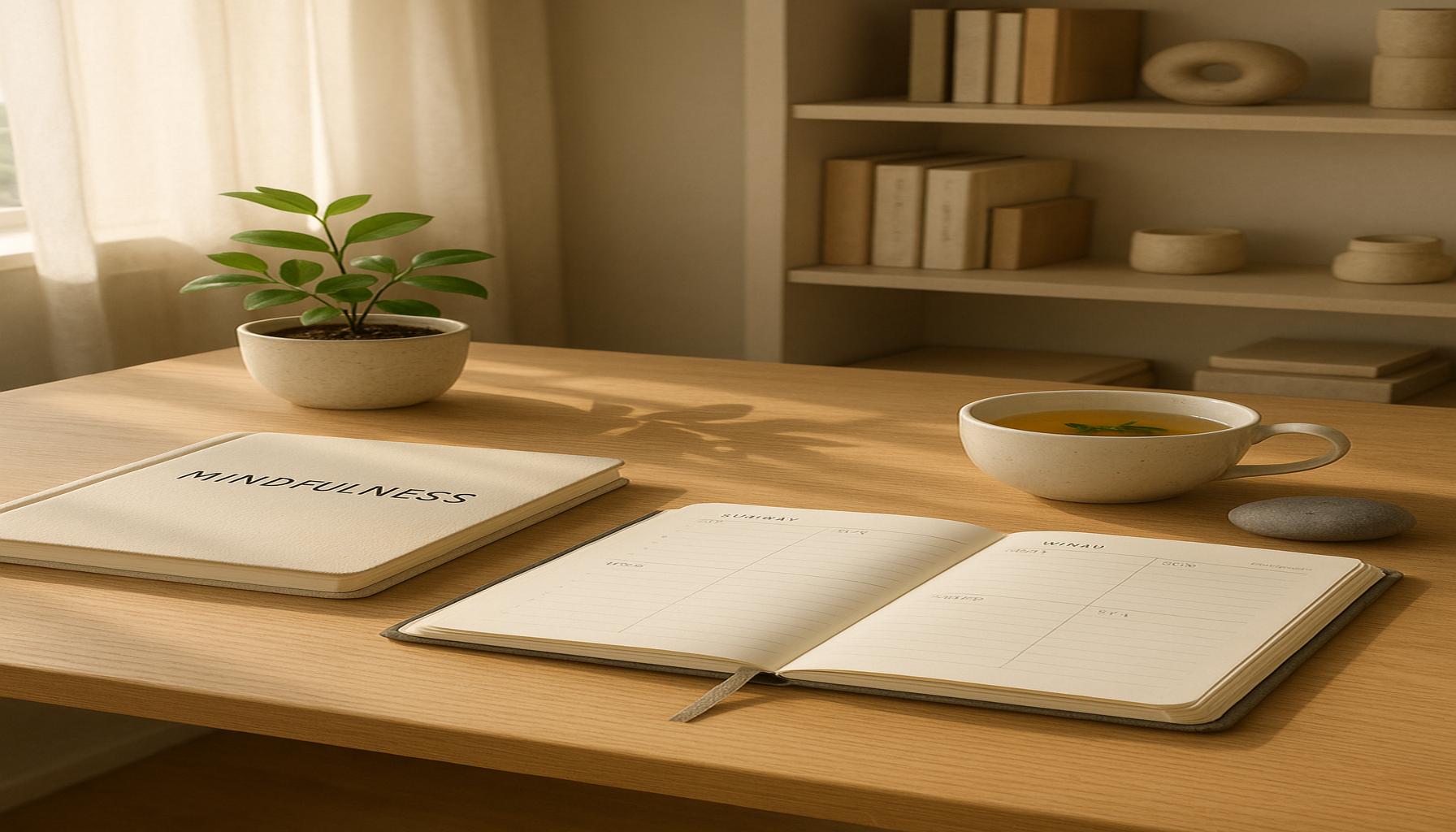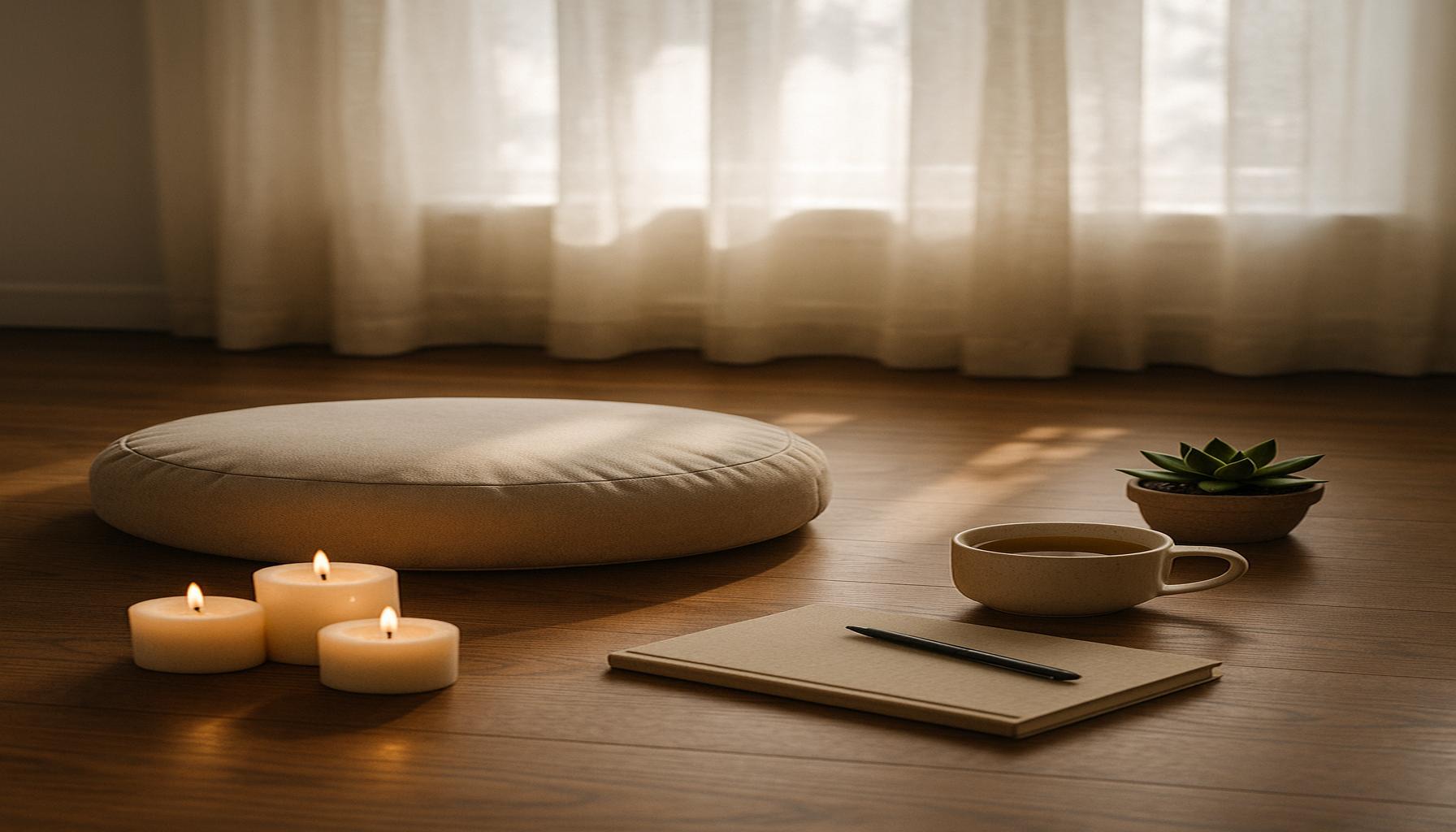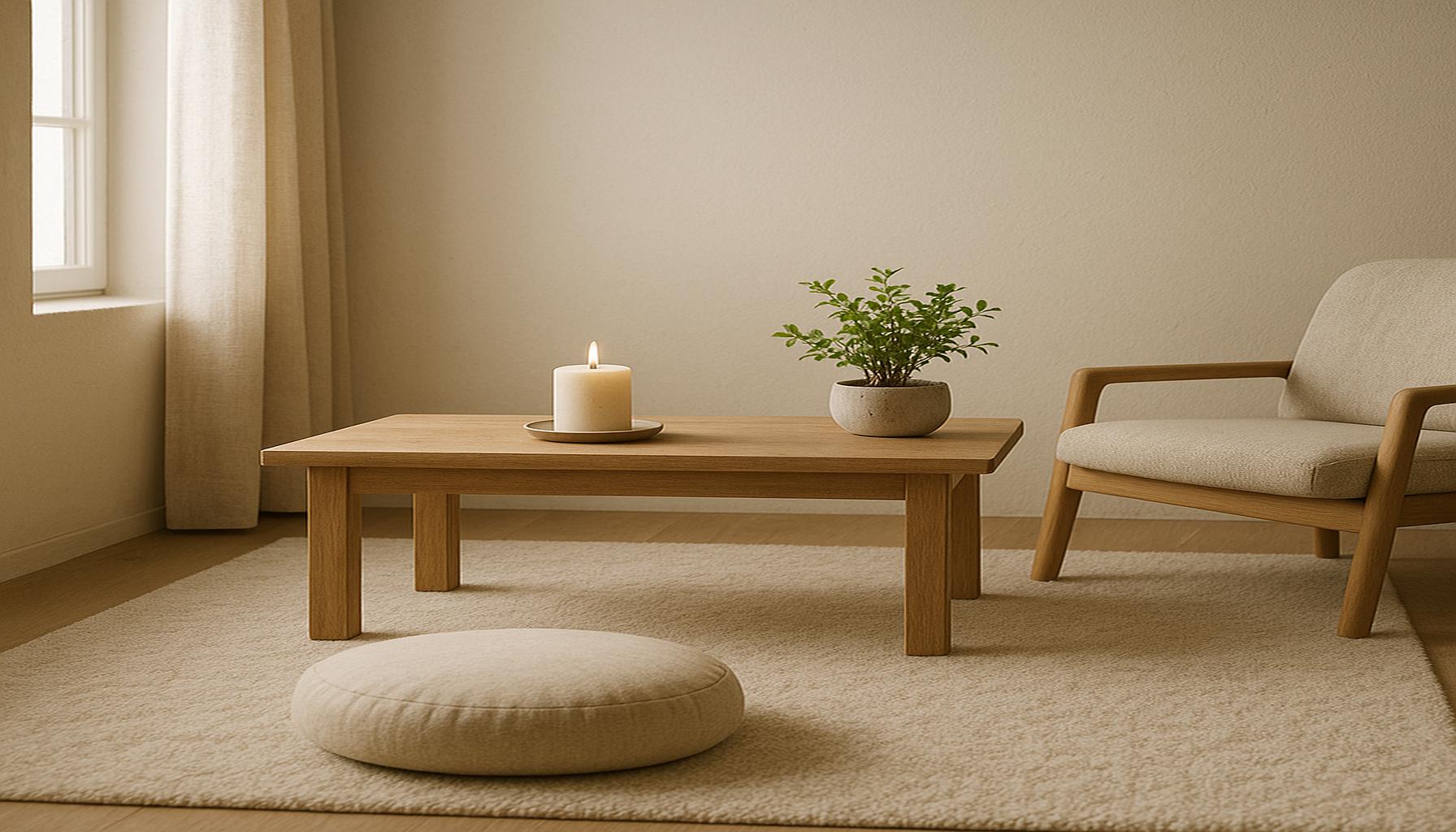Mindfulness in Creating a Minimalist Home: How Mindfulness Can Guide Intentional Decorating
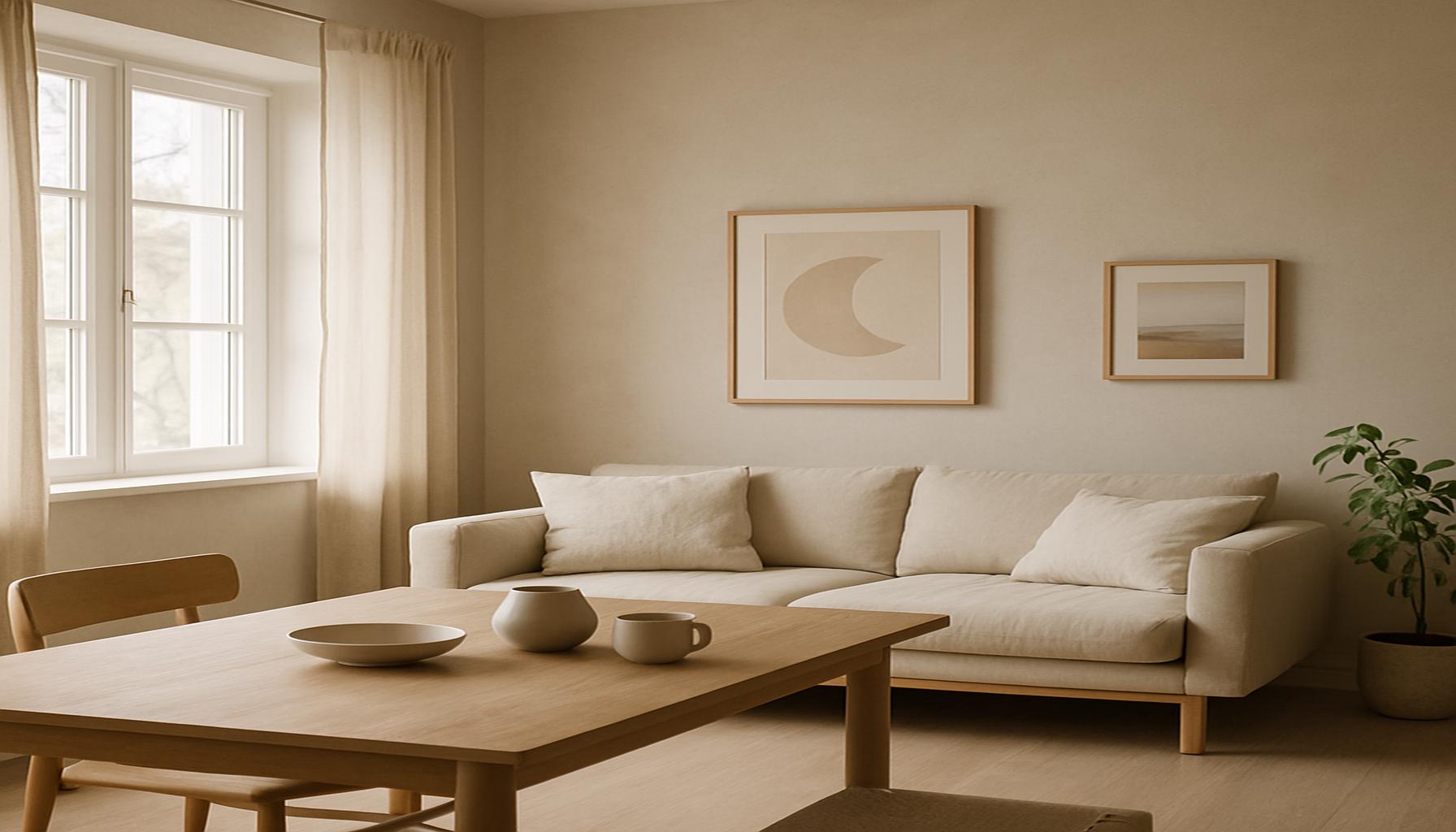
Creating a Calming Home Atmosphere
In today’s fast-paced world, the importance of having a peaceful retreat at home cannot be overstated. It is essential to cultivate a space that serves as a sanctuary, allowing you to disconnect from daily stresses and reconnect with yourself. Embracing mindfulness in your home decorating process is not merely a trend; it can significantly enhance your overall well-being. This approach nurtures intentional choices in design, fostering an atmosphere of calm amid the chaos of life.
But what does mindfulness in decorating truly entail? It encompasses several critical aspects that influence how we interact with our surroundings.
- Intentional Choices: Carefully selecting décor items based on their significance and functionality rather than just their appearance lays the groundwork for a mindful home. For example, instead of purchasing a piece of art simply because it’s trendy, consider a photograph or painting that holds personal meaning or evokes cherished memories. Each item should contribute to your well-being and reflect your values.
- Decluttering: The act of removing unnecessary items can be a liberating experience. A cluttered space can lead to a chaotic mind, so taking the time to declutter not only refreshes your home but also paves the way for a serene environment that encourages clarity. Consider the principle of “one in, one out”: for every new item you bring into your home, let go of one that no longer serves you.
- Conscious Materials: The materials you choose can significantly impact the ambiance of your home. Opting for sustainable and natural materials, such as reclaimed wood or organic fabrics, not only enhances the aesthetic appeal but also promotes feelings of tranquility. For example, linen curtains can add a soft, calming touch, while bamboo flooring can create a warm, welcoming atmosphere.
Minimalism beautifully complements mindfulness in home décor. By stripping away the extraneous, you can curate spaces that reflect your true self. This practice shifts the focus toward quality over quantity, highlighting meaningful items that speak to your personality and lifestyle. When you prioritize what matters most, you inevitably experience freedom from the incessant noise that modern life often brings.
The mindful approach is not solely about having less; it’s about cultivating a more profound significance in your surroundings. Engaging in this practice allows you to design rooms that resonate with your values, turning your living space into an extension of your personal ethos, inviting peace and comfort into your daily life. By reflecting on your environment, you can enhance the connection between your inner self and outer space, leading to a harmonious experience.
Ready to explore the captivating relationship between mindfulness and minimalism in your home? As we delve deeper into these ideas, consider how they can shape your journey toward intentional decorating that nourishes your spirit and enhances your everyday living.
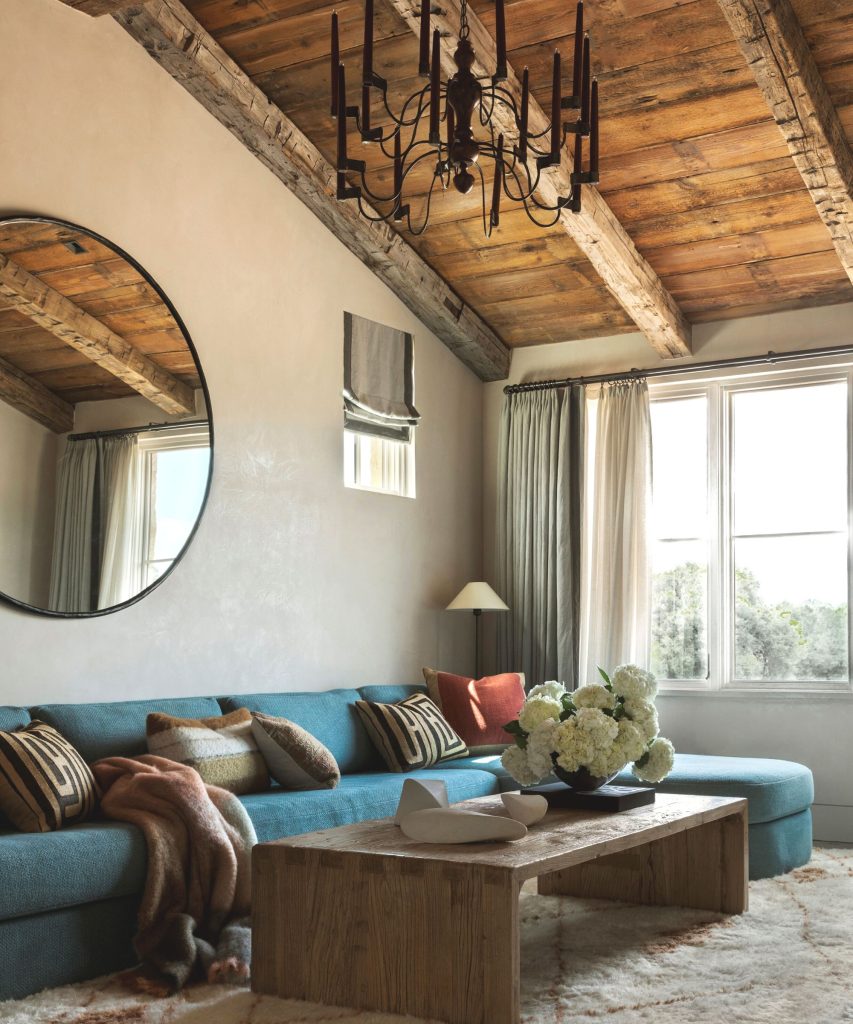
DIVE DEEPER: Click here to simplify your life
Mindful Decor: Understanding Your Personal Style
Before embarking on your journey to create a minimalist home infused with mindfulness, it’s essential to take a moment for self-reflection. Understanding your personal style lays the foundation for intentional decorating, ultimately leading to a space that feels authentically you. This process begins by recognizing what truly resonates with your aesthetic and emotional needs.
Consider these reflective practices as you establish your minimalist decor:
- Assess Your Values: What does home mean to you? Are you drawn to natural elements, a particular color palette, or specific styles that evoke comfort? By identifying your core values, you can make design choices that align with your vision of a peaceful sanctuary. This clarity allows you to prioritize items that contribute to your happiness.
- Visual Inspiration: Gather images or create a mood board to encapsulate your desired style. This could be anything from serene natural landscapes to cozy interiors. Pinterest and Instagram are excellent platforms for discovering and saving aesthetic inspirations. By immersing yourself in these visuals, you begin to hone in on the themes that speak to you.
- Consider Functional Needs: A minimalist home is not only about aesthetics; functionality plays a crucial role too. Identify what essentials you use daily and what tools or furniture genuinely add value to your life. Evaluating the functionality of your space can help you eliminate items that do not contribute to your well-being.
Once you have a clear understanding of your personal style, the next step is to embrace the concept of letting go. The journey towards a minimalist home often involves parting with items that clutter your space and your mind. This act of decluttering can be a daunting yet liberating experience, as it forces you to confront attachments to belongings that no longer serve a purpose in your life.
Incorporating mindfulness into this process is vital. Instead of simply tossing items out, approach decluttering with intention. Reflect on each item’s significance and utility before making a decision. Ask yourself questions such as: “Does this item bring me joy?” or “Will I use this again?” This introspective approach makes the process more manageable and rewarding by cultivating a deeper connection to your living environment.
Furthermore, consider adopting a minimalist mantra to guide your decisions. Phrases like “less is more” or “quality over quantity” can serve as powerful reminders to focus on what truly matters. These mantras reinforce the principle that a minimalist home reflects not only your aesthetic choices but also your lifestyle and priorities.
As you navigate the world of mindful minimalism in your home, remember that the ultimate goal is to create an environment that promotes relaxation and well-being. Engage with each item purposefully, letting your decor reflect your journey and intentions. This thoughtful decorating process will not only transform your home but also nurture your spirit, paving the way for a serene and fulfilling living space.
Understanding the Role of Mindfulness in Home Decor
In recent years, the concept of mindfulness has gained significant traction, influencing various aspects of daily life, including home decoration. By incorporating mindfulness into your decorating process, you not only create a beautiful space but also a sanctuary that promotes well-being. This process begins with an intention; each item in your home should be chosen with care and purpose. This is where minimalism becomes an ally. A minimalist home, characterized by simplicity and clarity, allows for a mindful interaction with your surroundings.
The Benefits of Intentional Decorating
Intentional decorating is about more than aesthetics; it fosters a deeper connection between the space and its inhabitants. When you select pieces that resonate with your personal values and lifestyle, you fill your home with positivity. For instance, choosing handmade objects over mass-produced items not only reduces clutter but also supports artisans and local businesses. Such decisions imbue your space with stories and fosters a sense of gratitude.
Creating a Calming Atmosphere
A key advantage of a thoughtful, intentional design is its impact on mental health. Spaces infused with elements of nature, like plants or natural materials, can enhance feelings of tranquility and reduce stress. The visual and tactile presence of these elements reminds you to pause and breathe, fostering a continuous practice of mindfulness within your home. This approach not only encourages harmony but also inspires creativity and clarity in daily life.
| Category | Description |
|---|---|
| Mindfulness Elements | Incorporation of sensory details that evoke awareness. |
| Minimalist Principles | Focus on quality over quantity for a peaceful environment. |
| Intentionalization | Choosing decor that aligns with personal values and promotes well-being. |
| Mental Clarity | Creating spaces that reduce distractions and inspire focus. |
These elements create a dialogue between the space and those who inhabit it, ultimately leading to a harmonious lifestyle. Engaging in this mindful journey of intentional decorating not only transforms your home but can also lead to profound personal growth.
DIVE DEEPER: Click here to learn more
The Art of Mindful Selection: Choosing Pieces with Purpose
In the journey towards a minimalist home, the art of selection becomes a profound act of mindfulness. As you navigate through your belongings and potential new acquisitions, approach each decision with a clear intention: every item must earn its place in your home. This concept goes beyond mere aesthetics, challenging you to reflect on how each piece contributes to your living environment and overall well-being.
Here are several strategies to assist you in making mindful selections:
- Quality Over Quantity: In a world saturated with fast furniture and disposable decor, prioritizing quality can lead to a more fulfilling home environment. Invest in durable, timeless pieces that resonate with your style and can withstand the test of time. This not only reduces waste but also cultivates a sense of pride in your possessions.
- Mindful Sourcing: Consider where your items come from. Support artisans and sustainable brands that align with your values. When you purchase from responsible sources, you contribute to a culture of mindfulness that extends beyond your home, fostering a broader awareness of environmental and social impact. Knowing the story behind an item can deepen your appreciation of its presence in your space.
- Function Meets Aesthetics: The intersection of form and function is crucial in minimalist design. Evaluate how each piece operates within your home while also enhancing its aesthetic appeal. For instance, a beautifully-designed shelving unit can house your books while serving as a statement piece. Strive for a harmonious balance where style does not overshadow utility.
Bringing mindfulness into decorating extends to the way you organize your space. Consider using open spaces strategically to create an airy feel, allowing for mindfulness to flourish in your surroundings. Color palettes, too, play an essential role in fostering a calming atmosphere. Soft, muted tones promote tranquility, while bolder colors can evoke energy and creativity when used intentionally. By selecting colors that align with your desired emotional outcomes, you enhance the meditative quality of your home.
Another integral aspect of mindful decorating is the concept of curation. Instead of filling every nook and cranny with decor, focus on selecting a few key pieces that capture attention and tell a story. This practice draws upon the idea of showcasing meaningful items that reflect your journey, rather than cluttering your home with excess. For example, rather than displaying an array of vases, choose a singular, eye-catching piece that sparks joy when seen, accompanied by an intentional placement that encourages reflection.
Lastly, consider implementing zones within your home dedicated to mindfulness activities. Create a reading corner filled with inviting cushions and soft lighting or a meditation space adorned with natural elements. These intentional setups encourage the use of your space for specific purposes, enhancing your overall mindfulness practice.
As you continue your journey toward a minimalist home, view each decorating decision as a means to cultivate both beauty and serenity. By integrating mindfulness into your selection process and organization, you not only transform your living space but also nurture your inner peace. Thus, your home becomes not just a shelter, but a sanctuary for the mind and spirit.
DIVE DEEPER: Click here to discover more
Embracing Mindfulness for a Harmonious Home
In conclusion, integrating mindfulness into the process of creating a minimalist home transcends mere decoration; it evolves into a holistic approach for living. Mindful decoration fosters an environment where each piece serves a distinct purpose, thus promoting emotional well-being and mental clarity. By prioritizing quality over quantity, sourcing items responsibly, and balancing aesthetics with functionality, you create a space that feels both inviting and purposeful.
As you embark on this transformative journey, consider that less truly can be more. The act of curating your home encourages you to reflect on your values, experiences, and aspirations, allowing your living space to become a mirror of your inner self. Just as an artist selectively chooses hues and shapes, your intentional decisions regarding home decor can shape a sanctuary that nurtures calm amidst the chaos of everyday life.
It’s essential to remember that creating a minimalist home is not just about decluttering physical possessions; it is about cultivating a state of mind that values tranquility, focus, and intention. By establishing zones dedicated to mindfulness practices, you seamlessly integrate these moments of reflection and serenity into your daily routine.
Ultimately, as you embrace mindfulness in your home, you’re not just decorating a space; you are crafting a refuge that encourages peace and inspiration. Allow this pursuit of intentional decorating to guide you toward a more fulfilling lifestyle, where your surroundings harmoniously reflect your inner peace and make room for joy.
